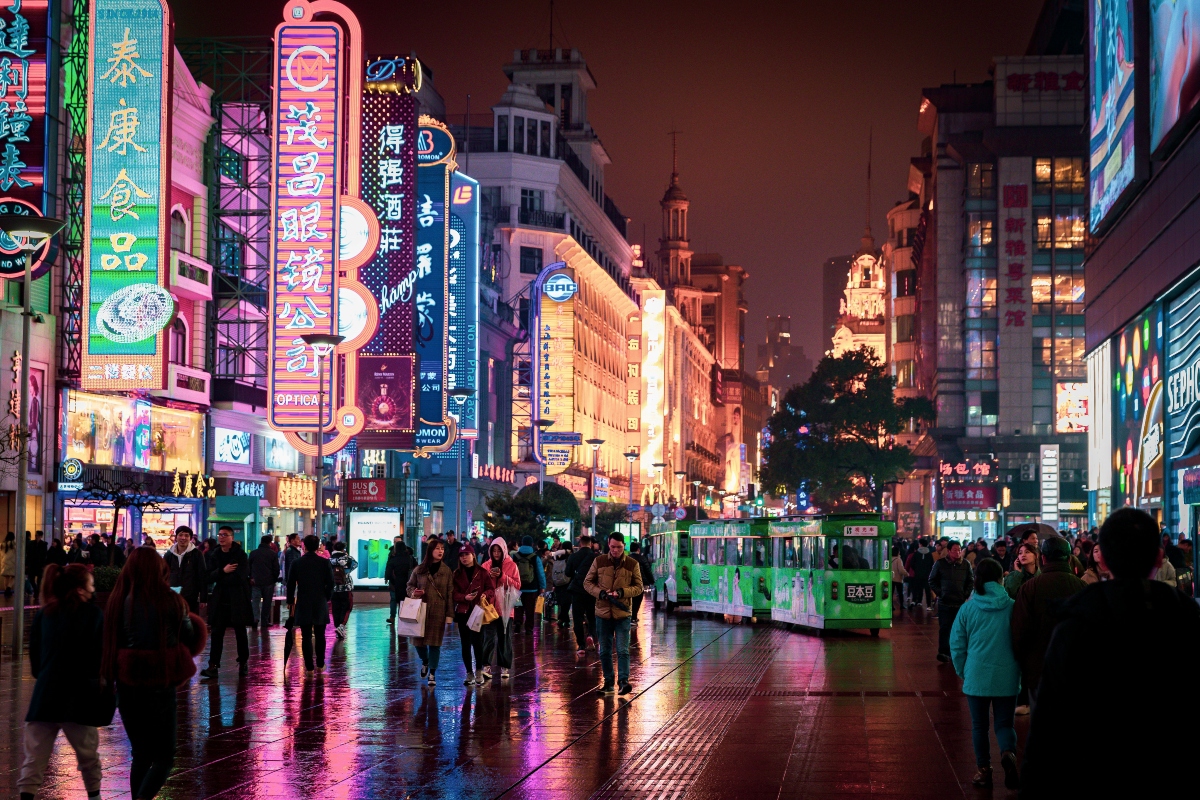Foreign nationals from France, Germany, Italy, the Netherlands, Spain, and Malaysia are no longer required to obtain a visa to visit China. This exemption marks a significant move by China to increase tourism. This visa-free entry program will be effective from December 1, 2023, to November 30, 2024. During this time, people from these countries can enter China without a visa for up to 15 days for sightseeing, business, visiting family, or transiting.
Furthermore, the list now includes Swiss and Irish nationals, permitting them to enter China visa-free. But what lies behind this strategic move, and how will it impact travelers and the global tourism industry?
The ‘Visa-Free’ Decision
China’s intention to expand visa-free entrance is about more than just drawing more tourists. It reflects a greater goal of strengthening diplomatic ties and improving global relations. Foreign Ministry spokesperson Mao Ning succinctly captured the essence: “to facilitate the high-quality development of Chinese and foreign personnel exchanges and high-level opening up to the outside world.” By easing travel restrictions, China aims to strengthen ties, promote cultural exchange, and create a more interconnected world.
Moreover, the COVID-19 pandemic severely affected the global tourism industry. For three years, borders remained tightly sealed, flights grounded, and iconic landmarks eerily quiet. Like many other countries, China faced the challenge of reviving its tourism sector. The visa-free policy is a strategic response to this predicament. It signals China’s determination to bounce back and welcome travelers with open arms.
It’s also worth mentioning that tourism is more than just sightseeing; it’s a major economic driver. When travelers step off the plane, they bring more than just their suitcases—they carry curiosity, currency, and connections. By welcoming European visitors, China opens doors for business collaborations, trade partnerships, and investment opportunities. Those who wander outside the Forbidden City will find themselves in Beijing’s bustling markets, Shenzhen’s innovation hubs, and along ancient Silk Road pathways.
